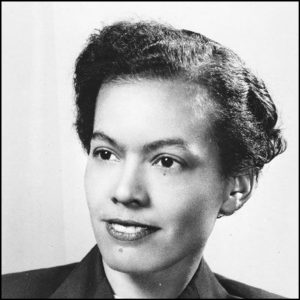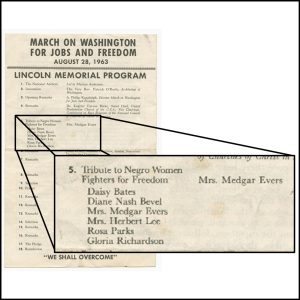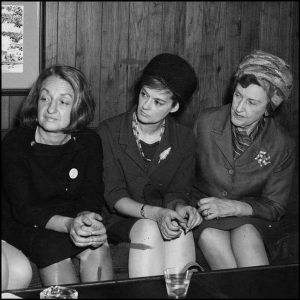
In the heart of Igor Juricevic’s upcoming documentary on Pauli Murray lies an exploration of resilience, a theme that resonates profoundly through Murray’s life and activism. Juricevic delves into the struggles and perseverance of this pioneering figure, offering insights into what drives their documentary narrative.
Unyielding Commitment Amidst Setbacks
Juricevic is particularly moved by Murray’s relentless dedication in the face of repeated disappointments. “The specific aspects of Pauli Murray’s life and work that I find most compelling is their continued effort after countless setbacks,” they explain. Murray’s experiences within prominent civil rights organizations reveal a pattern of marginalization, where their intersectional identity as a black woman often left them sidelined.
Advocacy Beyond Boundaries

Juricevic highlights Murray’s principled stand within the NAACP and NOW, organizations that, at the time, overlooked the specific challenges of black women. “I can imagine the hope Pauli Murray felt during the early stages of their involvement… only to have the rug pulled out from underneath them,” Juricevic reflects. This narrative arc, from initial hope to disillusionment, underscores Murray’s integrity and unwillingness to compromise their ideals.
Murray’s Enduring Legacy
Despite the challenges, Murray’s steadfast dedication to justice across the spectra of race and gender is what Juricevic aims to underscore in the documentary. “They didn’t choose to stay with the NAACP and ignore women’s rights. They didn’t choose to stay with NOW and ignore black rights,” Juricevic notes, admiring Murray’s refusal to be pinned down into fighting for one cause at the expense of another.
Conveying Complexity and Conviction

In telling Murray’s story, Juricevic seeks to convey the complexity of their convictions and the depth of their contributions to civil rights and feminism. The documentary promises to offer a nuanced portrait, not just of the battles
Murray fought, but of the broader context of their struggles and the lessons they offer for contemporary movements.
As the documentary progresses, Juricevic’s commitment to exploring Murray’s resilience and multifaceted advocacy provides a compelling narrative thread. Stay tuned for more updates on this poignant exploration of one of history’s most undervalued figures.
Photo Credits:
Original Photo: Leffler, Warren K, photographer. Civil rights march on Washington, D.C. / WKL. Washington D.C, 1963. Photograph. https://www.loc.gov/item/2003654393/.
Original Photo: M. Smith Studio. Portrait of Pauli Murray Wearing a Pin. 1945. Photograph courtesy Schlesinger Library / Radcliffe Institute / Harvard University
Original Photo: Program from the March on Washington. 1963. Photograph courtesy Smithsonian Institution
Original Photo: Smithsonian Institution Archives, Accession 90-105, Science Service Records, Image No. SIA2008-1731

